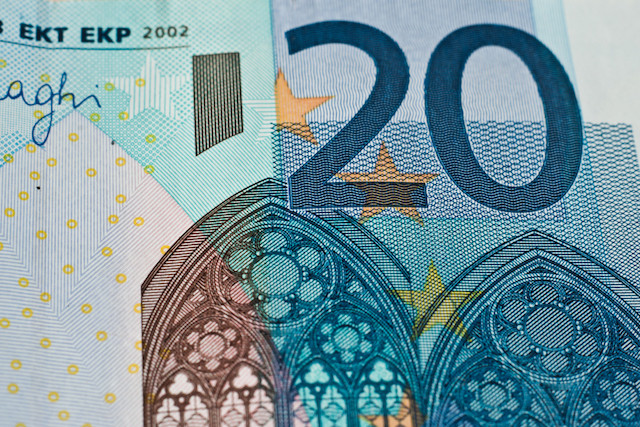Used by some 340 million Europeans in 19 member states, according to the European Commission the euro is the second-most important international currency with around 60 countries using it or linking their own currency to it.
To mark the anniversary, a spokesperson from the Banque Centrale de Luxembourg (BCL) told Delano about the bank’s work with the euro.
Jess Bauldry: The euro turned 20 this year, how did BCL mark the occasion or how will it in future?
BCL: The BCL will open its doors to the public again in 2019. On this occasion, a specific area will be dedicated to the 20th anniversary of the euro and a workshop on the security features of euro banknotes will make it possible to discover security features that are not visible to the naked eye through the use of specific equipment. Besides, visitors will have the opportunity to see an exhibition on the history of Luxembourg currency from the time of John the Blind to the banknotes issued by the Luxembourg Monetary Institute.
For the 10th anniversary of the euro (2009), the Eurosystem issued a €2 commemorative coin. At the EU level, the decision was taken not to commemorate the 20th anniversary of the euro, leaving this option open for the 25th anniversary.
JB: How many counterfeit euro notes does the BCL identify and remove from circulation each month/year?
BCL: On average, around one thousand counterfeit notes are detected and removed from circulation in Luxembourg each year, which is a very small number compared to the number of notes in circulation. A large number of counterfeits are detected by commercial banks, either at the counter or in the back-office. As cash activities are more and more outsourced to cash-in-transit companies, these companies also contribute to sorting out counterfeit notes. Counterfeit notes detected in Luxembourg may be identified by using the method "feel-look-tilt", which is described on the BCL’s website.
JB: How does the removal from circulation of the €500 note impact the work of the BCL? How widely used was the €500 note in Luxembourg?
BCL: Currently BCL does not notice a large backflow of €500 notes. Also, the number of notes withdrawn at the BCL is more or less the same as those flowing back to the BCL. The issuance of the €500 note will be stopped on 26 January [2019].
After the issuance stop, the €500 banknote will remain legal tender and can therefore continue to be used as a means of payment and store of value. Like all other denominations of euro banknotes, the €500 note will always retain its value and can be exchanged at the national central banks of the Eurosystem for an unlimited period of time.
For many years, the number of the €500 notes withdrawn at BCL's counters has declined, even before the ECB’s announcement on its decision to stop the issuance. The main reason for this decline is the lack of demand from the public for high denomination banknotes. As a result, the €500 note has been replaced in its usage by other euro banknote denominations.
